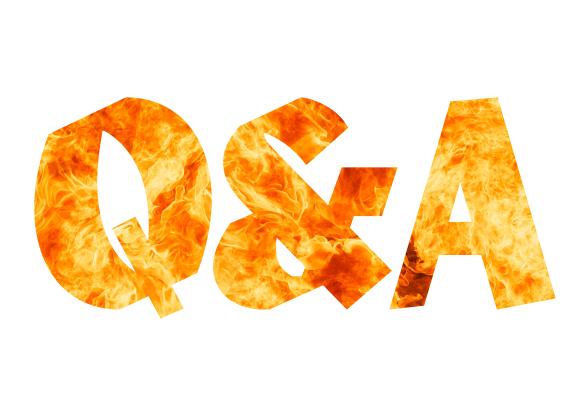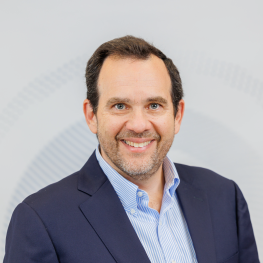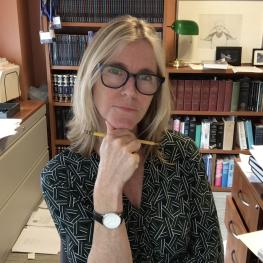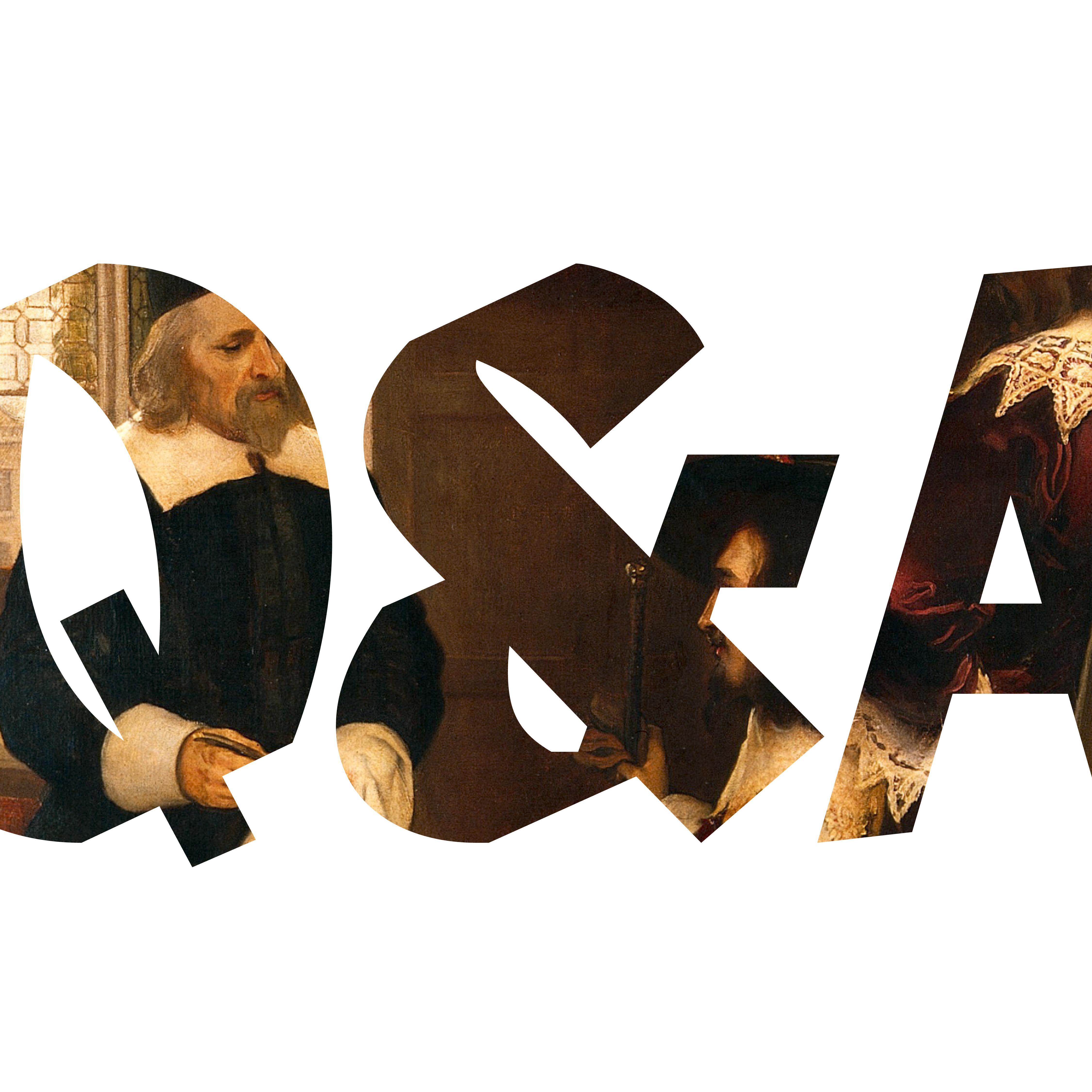Q&A: Katz Center Fellow Adam Ferziger Brings Up the Bones
Q&A: Katz Center fellow Adam Ferziger take a capacious look at the growing but not uncontroversial Jewish practice of cremation

Natalie Dohrmann (NBD): Adam, tell us a bit about your broad scholarly interests, what drew you to them, and what especially excites you about them personally and/or intellectually.
Adam Ferziger (AF): Since childhood I have been intrigued by the diverse and novel expressions of Jewish identity that characterize the modern and contemporary periods. This may reflect, in part, my own upbringing in a family, community, and educational institutions that self-defined as Orthodox, but encompassed a broad range of Jewish lifestyles and/or demonstrated appreciation for distinct perspectives and contributions. Living in Israel since my early twenties has further deepened my exposure to the manifold ways individuals live their Jewish identities, and the richness of these multiple paths. From an academic perspective, the most important encounter for me was studying with the late path breaking Israeli historian Jacob Katz. At the time I was a graduate and rabbinical student at Yeshiva University (YU) in New York. He had already retired from the Hebrew University in Jerusalem but would come to the United States each year to teach at either Harvard or YU. He later penned an autobiography in which he described his YU experience: “I found students admirably at ease with rabbinic sources; my task was to train them to elicit historical evidence from these sources, as I had done throughout the years.” In parallel I was privileged to learn from others who explored the powerful meeting between "tradition and modernity" from unique perspectives. These included my revered mentors the late Rabbi Dr. Aharon Lichtenstein who gained a Ph.D. in English literature and published a book on Christian Humanist thought through Harvard University Press, but chose to integrate this backdrop into his role as yeshiva head; the renowned Talmud and contemporary Jewish law scholar, Rabbi Professor Daniel Sperber, who certainly could have been a yeshiva head but chose the university path, my dissertation advisor Professor Gershon Bacon, and a wonderful friend and guide who unfortunately passed away a few years ago, the late Rabbi Professor David Ellenson.
NBD: Your project here at the Katz Center examines notion of the Jewish body through the lens of cremation. Talk a bit about how this project arose from, or diverges from, prior projects.
AF: Like most of the more original research projects that I have been privileged to advance since my Ph.D., I had no plan to work on this topic. I simply came across remarkable materials that fascinated me. After becoming familiar with some of their core elements, I soon discovered that while there is a rich scholarly literature on the history of cremation in ancient and modern settings, including the responses of other monotheistic religions, very little has been written about the profound Jewish debates and historical evolutions regarding this topic. For over a decade, I have been gathering materials and publishing a few focused articles. On one hand, there is a definite continuum from my previous studies of the emergence of modern Jewish identity, and the various responses of traditionalists and innovators to this phenomenon. Indeed, even relatively moderate figures within Jewish Orthodoxy considered cremation to be a forbidden act. The issues that animated them were what to do after the fact—when communal members nonetheless made this choice, did the deceased forfeit the right to a Jewish burial? The debates around this issue continue until today and highlight, among other things, how central a role Jewish cemeteries have long played in Jewish collective self-understanding. In the case of cremation, however, the Holocaust caused Jews of all stripes to rethink the symbolism of cremation ashes for contemporary Jews, some going as far as to compare them to the holy remains of the sacrifices brought in the Jerusalem Temple in ancient times. This tragic and profound historical turn transforms what was already a subject that touched on issues such as the role of technology in religious life, concepts of sacredness, and the meaning of corporeal resurrection, to a lens through which to examine social as well as theological evolutions in the history of late twentieth-century Judaism. My time at the Katz Center gave me the opportunity to explore new aspects and moreover, to conceptualize the monograph that I hope to complete. Beyond the time and lovely setting, the interactions that I have had with other fellows from my cohort, along with the remarkable intellectual leaders of the Center, have been extraordinarily enriching.
NBD: This topic really touches a Jewish nerve. Beyond communal and halakhic debates, you have said that when folks hear about this project, they bubble over with personal anecdotes; why do people want to tell burial stories?
AF: Well, when rabbis tell the stories, it's because so many of them deal with the issue, regardless of their denominational affiliations. In the UK, for example, over 80 percent of the population chooses cremation, with Jews increasingly adhering to this trend. Even in Israel, there is a functioning crematorium and two private companies that offer a variety of related services. I once gave a talk to a rabbinical association with a predominantly Reform and Conservative membership. At the end of my presentation, one of the participants shared that a member of his community came to him to discuss whether cremation would be viable from a Jewish perspective. When the rabbi inquired as to the person's motivation for considering this step, the congregant shared that their grandparents had been murdered at Auschwitz and they thought this would be a way to honor their memory.
NBD: Is there anything particularly American in the debates surrounding cremation here? Do the salient elements map onto other trends in American religious discourse, or has this topic revealed new facets of the Jewish landscape. What, in short, has surprised you in the course of your research?
AF: The overall American trend since the 1980s has been a profound increase in the popularity of cremation. Especially since the turn of the twenty-first century, Jews are following this pattern, although still at a lower rate. What has surprised me is that along with sharp increases in the numbers of Jewish cremations, organizations have arisen that are dedicated purely to convincing American Jews to consider traditional burial. It is not just the emergence of these frameworks but the fact that there are both Orthodox and non-Orthodox associations with similar foci. This raises a variety of questions as to the impact of the Holocaust on American Jews and the degree to which burial has transformed into a vehicle for religious outreach to loosely affiliated Jews.
NBD: You are (in part at least) a scholar of American studies based in Israel. Does this decentering have an impact on your approach or the questions you ask?
AF: There is no doubt that, like multiple other factors in my personal background and circumstances, living in Israel impacts upon who I am and my scholarly engagement with materials—be they related to my studies on American religious life, Israeli religious life, and many more areas. In my particular case, however, I grew up in the United States until my twenties and have continued to visit regularly throughout my life, both for professional reasons and to see my close relatives. No matter how long I've lived in Israel, I remain an immigrant with a strong accent who was not educated within the local school system and was only drafted into the IDF when I was twenty-eight for a relatively brief initial stint before serving in the reserves for fifteen years. The term that seems most apt is "insider-outsider," and it applies to both geographical settings in different ways. Rather than focusing on the disadvantages, I've sought to utilize this hybridity as a tool that provides me with a kind of "intimate distance" in relation to these subjects. My new book that is set to appear in July 2025, Agents of Change: American Jews and the Transformation of Israeli Judaism, highlights my efforts to draw on this toolkit for gaining novel insights into the interface between my place of birth and my chosen home.




